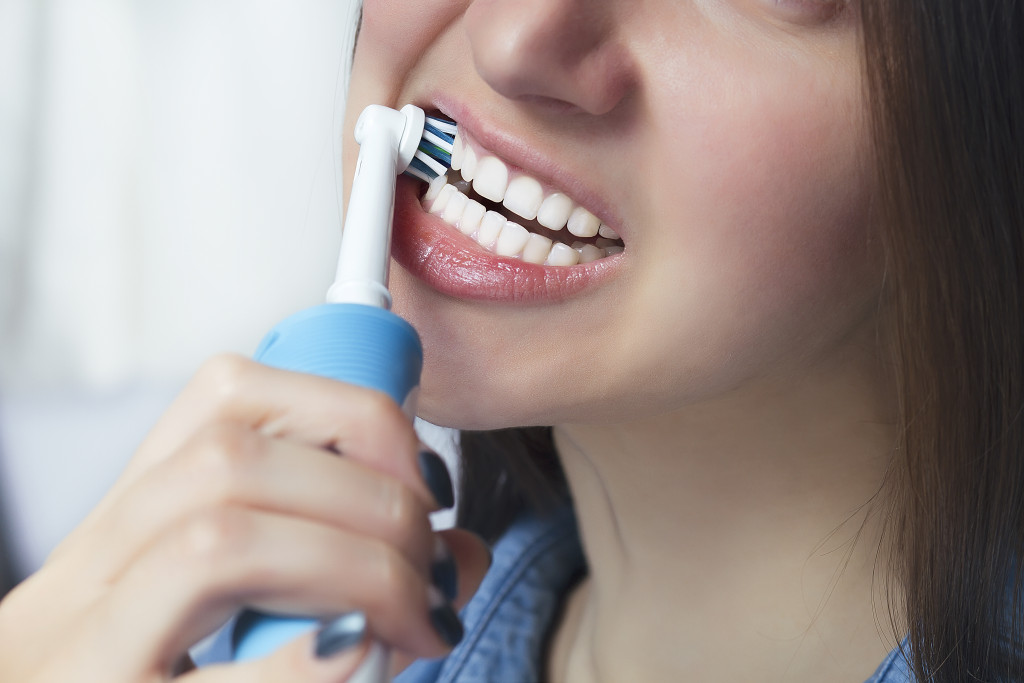Fear of the dentist is one of the most prevalent childhood phobias. Laying down in a big chair while the room is brightly lit, enduring long periods of sitting when someone inspects your mouth utilizing unsettling and scary tools. That person reminds you not to eat your favorite sweets when the torment is over and then advises you to clean your teeth.
We’ve all had this experience in childhood, and remembering it may evoke a chill down your spine. Oral health is critical, but few people like to see the dentist. Future dentistry will be revolutionized using several different technologies, including augmented reality, artificial intelligence (A.I.), and CRISPR.
Similar to what has happened in other medical disciplines, disruptive technologies will significantly affect how dentistry is practiced in the future and how patients take care of themselves in the long run. Can you picture getting your 3D-printed prosthesis in an hour instead of having to go to the dentist for 4-5 sessions? It’s possible.
What do you think about getting a teledentistry consultation? What about having the ability to grow new teeth at the age of 80? Let’s look at how these scenarios may play out in the future due to the technologies listed below.
Emerging Artificial Intelligence
Dentists already use technologies to help make clinical decisions. A.I. algorithms will help doctors discover the optimal modalities for their patients. Dental medicine is approaching a new era of digitization, according to 2019 research. These clever algorithms can analyze patient data, research results, and treatment methods to provide personalized diagnostic and therapeutic suggestions.
As more health data is gathered, this will be feasible, allowing for more customized treatment. With access to such data, A.I. technologies can immediately advise doctors on the best treatment choices and success rates.
A.I.-based algorithms may help dentists better diagnose and treat dental issues. Immune cells around oral cancer cells can be precisely quantified using machine learning in 2019. This improves understanding of cancer spread and resistance and therefore helps predict survival. A neural network can identify tooth decay and periodontal disease in radiographs. Such methods may soon become mainstream.
Smart Tools

Our future house will be packed with linked, intelligent gadgets, so why not our bathroom? It may seem odd to allow a sensor inside one of your most private actions, but it makes maintaining dental hygiene and preventing plaque or cavities much simpler. The Kolibree smart electric toothbrush gives youngsters engaging activities to keep up the healthy habit of routinely cleaning their teeth. The handle of Philips’ Sonicare smart toothbrush has sensors.
A companion app warns you if you’re using too much pressure, brushing, and even educating the user on the correct brushing technique. Companies like Colgate and Oral-B have similar gadgets on the market. It’s hard to deny that having a personal coach to optimize your everyday dental hygiene sounds appealing. Initial dental professionals stress correct brushing techniques, which these gadgets won’t enhance. Instead, ask your dentist to teach appropriate methods at your next visit.
By purchasing smart toothbrushes from businesses like Procter & Gamble and Philips Oral Healthcare, you consent to their data-sharing agreements. Companies will seek to benefit from health data in every manner imaginable now that it is the new oil. So pick for an intelligent toothbrush from a business that offers you greater control over your data or doesn’t share it at all.
3D Printing
3D printing isn’t new in healthcare, given the technology’s ability to create medications, prostheses, and even replicas or organs. During the pandemic, it was used to circumvent supply channels to fulfill hospital needs. As technology becomes more prevalent in healthcare, it will also be seen in dentistry laboratories.
CAD/CAM, including 3D printing, are already revolutionizing the industry, converting them into low-cost, more effective digital laboratories. When a patient requires a crown, a dentist must first create a temporary crown and send it to a dental laboratory for a permanent one. The tooth is prepared for the crown by drilling it, and a computer image is obtained. So a machine creates the crown directly in the workplace.
Using a 3D printer eliminates the manual modeling bottleneck, allowing dental laboratories to expand. So do Stratasys, Envisiontech, and FormLabs. 3D printers can also create retainers, aligners, surgical guides, orthodontic models, and other dental equipment more quickly and accurately than conventional techniques. You can find advanced 3D equipment in orthodontic retainer labs today. This improves processes, reduces errors and labor requirements, and ultimately saves time and money.
The advancement of technology is ever-accelerating, and that applies to dental technology as well. But it’s essential to bear in mind that technology, in and of itself, has little value without accompanying knowledge. This contemporary dentistry differs significantly from the past since it uses the latest technology and understands how to employ the technology to provide patients with the greatest possible dental experience. The newest advancements in technology may also aid patients’ dental health, which can help them lead healthier lives.





